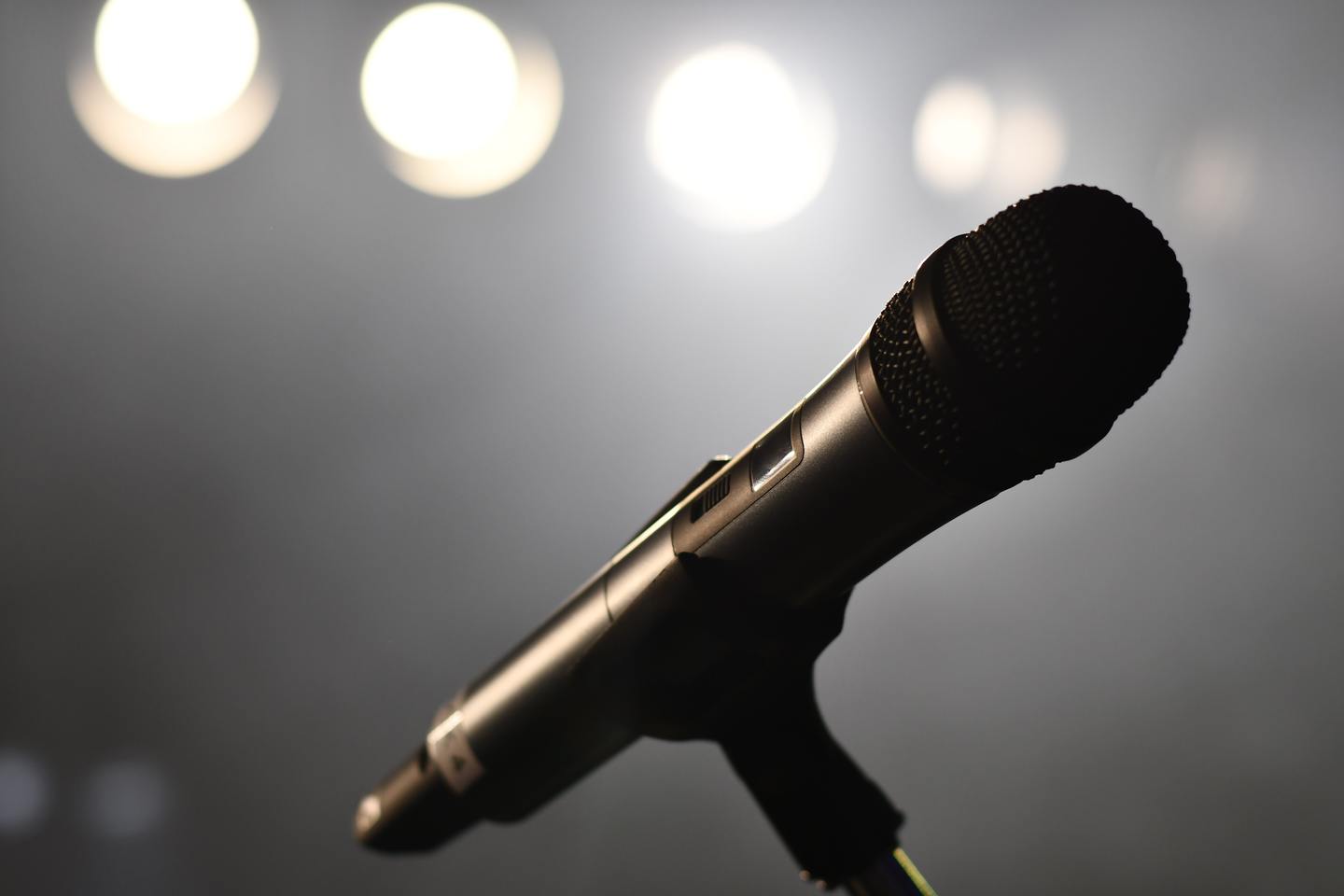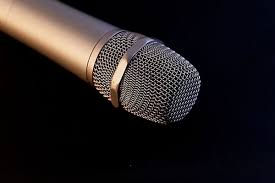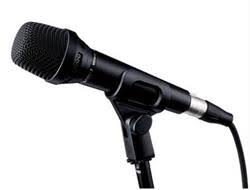What are the working principles of different types of microphones?

1. Classification of microphones
According to the principle of sound-electric conversion: electric type (moving coil type, aluminum ribbon type), capacitive type (DC polarization type), piezoelectric type (crystal type, ceramic type), electromagnetic type, carbon particle type, semiconductor type Wait.
According to the force of the sound field, it is divided into: pressure type, pressure difference type, combined type, linear type and so on.
According to the transmission method of electric signal, it is divided into: wired and wireless.
Divided by purpose: measuring microphone, vocal microphone, instrument microphone, recording microphone, etc.
According to the directivity, it is divided into: cardioid, sharp-hearted, super-cardioid, bidirectional (8-shaped), non-directional (omnidirectional).
Second, the working principle of the microphone
In the microphone, the vibration of the sound is transmitted to the diaphragm of the microphone, which pushes the magnet inside to form a changing current, so that the changed current is sent to the subsequent sound processing circuit for amplification.
Sound is a wonderful thing. The different sounds we hear are all produced by the tiny pressure difference in the air around us. The wonderful thing is that air can transmit these pressure differences so well and so truly over a long distance.
It is connected to a needle by a metal septum, and this needle scratches a pattern on a piece of metal foil.
When you speak towards the diaphragm, the resulting air pressure difference causes the diaphragm to move, thereby moving the needle, and the movement of the needle is recorded on the metal foil. Later, when you move the needle back on the metal foil, the vibration caused by scratching on the metal foil will move the diaphragm and reproduce the sound. This purely mechanical system operation shows how much energy can be generated by vibration in the air!

All modern microphones are the same as the original microphones. It's just that electrical methods are used instead of mechanical methods. The microphone converts the fluctuating pressure waves in the air into fluctuating electrical signals.
Dynamic microphone
Features:
Durable and cheap
Not afraid of tide, no need for external power supply
High frequency degradation above 10Khz
Applications:
Live recording, snare drum recording, guitar recording, recording narration, broadcast
The diaphragm in the dynamic microphone drives the coil to vibrate and cut the magnetic lines of force to generate electrical signals. The signals are transmitted to the next level of equipment through the microphone line, and then the next level of equipment transmits the sound. From this aspect, it can be seen that the dynamic microphone is relatively simple in structure, sturdy and durable, and low in production cost. Because the sensitivity is not low, the high frequency response is not enough, so the sound produced is not delicate enough. But it is also not easy to be affected by environmental noise, and it is not easy to generate feedback and howling. Therefore, dynamic microphones are generally used in KTV!

Track microphone
Features:
Better high frequency than moving coil, no need for internal external power supply
Fragile and fragile, need to be careful when using, relatively expensive
Applications:
Record cymbals, record pianos, electric guitars, brass tubes
Its sound pickup part is an annealed aluminum strip. The aluminum strip is placed in a strong magnetic field when it is manufactured. Whenever the sound makes the aluminum strip vibrate, the aluminum strip will cut the magnetic line of induction to produce a weak The induced current can be converted into sound after being amplified and processed by the amplifying circuit. Therefore, the production process of ribbon microphones is relatively complicated, and the price is a bit expensive. In professional recording studios, you can often see the shadow of ribbon microphones.
Condenser microphone
Features:
Low frequency and high frequency are better, need internal and external power supply
Responsive, easily affected by humidity and temperature
Applications:
Record cymbals, drums, piano, acoustic guitar, vocals, strings
Condenser microphones use a very, very thin metal film as the first stage of the capacitor, and another very close metal back plate as the other pole distance. At this time, the vibration of the diaphragm will cause the corresponding capacitance change, thus Form an electrical signal. Because the diaphragm is very thin, very small sounds can make it vibrate. Therefore, condenser microphones are very sensitive. Therefore, condenser microphones are characterized by high sensitivity and good signal processing capabilities for different frequencies. In the recording studio In a good and quiet environment, extremely satisfying results can be achieved. However, it is very susceptible to environmental noise in ordinary environments, and it is generally only suitable for recording in a recording studio.
In addition, the placement of microphones with different directivity has a great impact on the recording.
Different applications of microphones
Different types of microphones for filming
How many types of microphones are there
What kind of microphone do I need
What is the principle of microphone
所有评论仅代表网友意见
